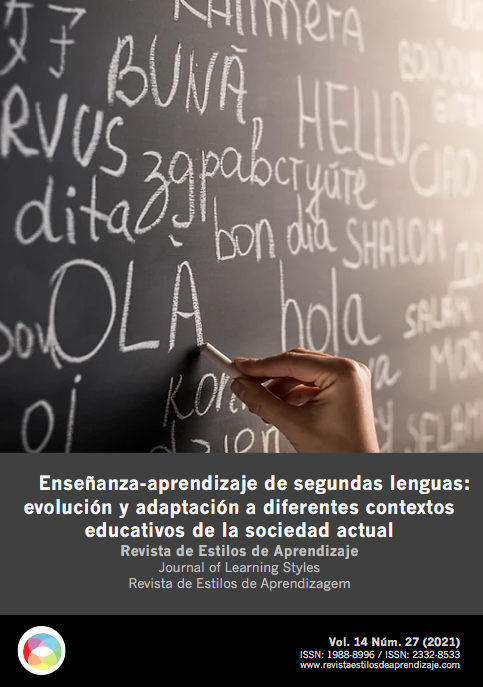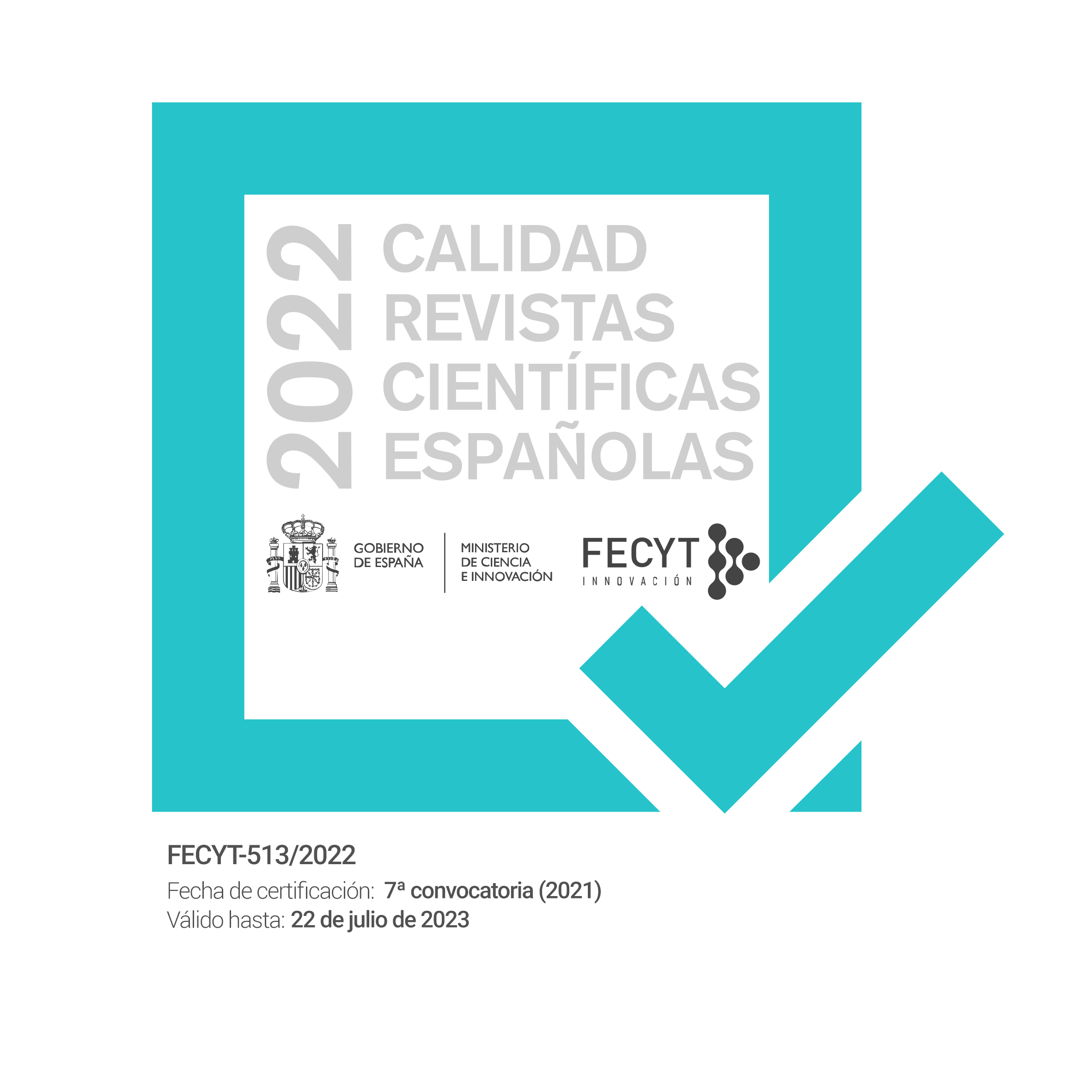Identifying learning styles, a strategy for improving teacher training in teacher training colleges
DOI:
https://doi.org/10.55777/rea.v14i27.2611Keywords:
Learning Styles, Higher Education, Teacher Training, Educational Research, Normal SchoolAbstract
The Honey Alonso Learning Styles Questionnaire (CHAEA) consists of 80 statements using a bipolar scale that measures the way students learn, and they can be placed in active, reflexive, theoretical or pragmatic. This instrument was used in the subject “Challenges in the diverse classroom” of the 2018 Curriculum, with 69 first semester students “A” and “B” of the Teaching and Learning Degree in Telesecundaria at the Benemérito Normal State Institute (BINE) “General. Juan Crisóstomo Bonilla” in Puebla, Mexico, with the objective of identifying their learning styles. The work has a quantitative approach with descriptive design, using the CHAEA as an instrument for data collection, as well as the use of graphs to analyze the results obtained. The study answers the research question: What is the predominant style of learning in the first semester students of the BINE Teaching and Learning Degree in Telesecundaria? The results of the research indicate that the level of preference of the 69 students, is oriented towards the active, followed by the pragmatic, thirdly, we find the theoretical and finally, the reflective style.
Downloads
References
Aguilera, E., y Ortiz, E. (2010). Caracterización de perfiles de estilos de aprendizaje en la educación superior, una visión integradora. Revista Estilos de Aprendizaje no. 5 Vol. 3. Abril de 2010. Recuperado de http://learningstyles.uvu.edu/index.php/jls/article/view/117/80
Alonso, C., Gallego, D., y Honey P. (1994). Los estilos de aprendizaje: procedimientos de diagnóstico y mejora. Bilbao: Ediciones Mensajero.
BINE (2019). Plan de Desarrollo Institucional 2015-2030. Puebla: BINE
Correa, J. (2006). Identificación de los estilos de aprendizaje en los estudiantes de fisiología del ejercicio de la Facultad de Rehabilitación y Desarrollo Humano. Revista Ciencias de la Salud. Bogotá, Colombia. Núm. 4, pp. 41-53. Recuperado de https://dialnet.unirioja.es/servlet/articulo?codigo=2051098
Esguerra, G. y Guerrero, P. (2010). Estilos de aprendizaje y rendimiento académico en estudiantes de psicología. Revista Diversitas: Perspectivas en Psicología, Vol. 6, número 1, enero junio, 2010, pp. 97-109. Recuperado de https://www.redalyc.org/pdf/679/67916261008.pdf
Fen, Yao (2019). Aproximación cualitativa sobre la aplicación de CHAEA en los estudiantes chinos que aprenden español como Lengua Extranjera. Revista de Estilos de Aprendizaje / Journal of Learning Styles Vol. 12 Núm. 24. Recuperado de http://revistaestilosdeaprendizaje.com/article/view/1268/2212
García, F. A. M. (2017). Descripción de los estilos de aprendizaje que presentan los alumnos de psicopedagogía de la Universidad de Extremadura. Revista Estilos de Aprendizaje, 10(20). Recuperado de http://revistaestilosdeaprendizaje.com/article/view/1060
Hernández, R., Fernández, C., y Baptista, P. (2014). Metodología de la investigación. Sexta edición. México: Mc GrawHill.
Isaza, L. (2014). Estilos de Aprendizaje: una apuesta por el desempeño académico de los estudiantes en la Educación superior. Revista Encuentros, Universidad Autónoma del Caribe, 12 (2), pp. 25-34. Recuperado de https://www.redalyc.org/pdf/4766/476655660002.pdf
Martínez, P. (2008). Estilos de aprendizaje: pautas metodológicas para trabajar en el aula. Revista Complutense de Educación. Vol. 19. Núm. 1, pp. 77-94. Recuperado de https://revistas.ucm.es/index.php/RCED/article/view/RCED0808120077A
Pérez, A. F., Méndez, C. J., Pérez, P., y Yris, H. M. (2019). Los estilos de aprendizaje como estrategia para la enseñanza en educación superior. Revista de Estilos de Aprendizaje, 12(23), 96-122. Recuperado de http://revistaestilosdeaprendizaje.com/article/view/1212
Ramírez, N., y Osorio, E. (2008). Diagnóstico de estilos de aprendizaje en alumnos de educación media superior. Revista Digital Universitaria. Vol. 9. Núm. 2. Recuperado de http://www.revista.unam.mx/vol.9/num2/art09/feb_art09.pdf
Revilla, D. (1998). Estilos de aprendizaje. Temas de Educación, Segundo Seminario Virtual del Departamento de Educación de la Pontificia Universidad Católica del Perú. Recuperado de http://www.pucp.edu.pe/~temas/estilos.html
Román, E. V. y Ruiz, V. H. (2018). Estilos de aprendizaje y su relación con el rendimiento académico de estudiantes de segundo año de educación general básica. Revista de Estilos de Aprendizaje, 11(22). Recuperado de http://revistaestilosdeaprendizaje.com/article/view/1084
Woolfolk, A. (1999). Psicología educativa. Séptima edición. México: Pearson.
Downloads
Published
How to Cite
Issue
Section
License
By submitting the original, the author(s) declare that they are aware of and accept, in full, the privacy policy as well as the copyright of the Learning Styles Magazine.
The Learning Styles Magazine offers free and open access to its content, completely free of charge, in order to bring scientific research to its readers and society in general. All digital contents are free and open access and are published under a Creative Commons license:

Rights are granted under the Creative Commons Reconocimiento-NoComercial-SinObraDerivada 4.0 Internacional (CC-BY-NC-ND 4.0)
The Learning Styles Magazine is an open access journal. Publication of articles or reviews in the Journal does not entitle you to any remuneration. For authors as well as readers, the journal is free Creative Commons Reconocimiento-NoComercial-SinObraDerivada 4.0 Internacional (CC-BY-NC-ND 4.0).
With this licence, the reproduction and dissemination of the contents of the magazine for educational, social and knowledge transmission purposes is permitted, without any profit motive in mind, provided that the source and authorship are not modified. The licence granted to Learning Styles Magazine allows the copying and distribution of the magazine's contents, as long as the authorship of the work is recognised, correctly specifying the author and the publishing entity. The work may not be used for commercial purposes, nor may it be altered, transformed or generated from this work.
The publication of articles or reviews in the Journal does not give the right to any remuneration.
The Learning Styles Journal invites the author/authors to increase the visibility and scope of their articles published by re-disseminating them in:
- Web spaces and personal networks, as well as in scientific meetings and forums
- Open institutional archives in Universities, educational repositories and Research Centres.
- Academic and scientific networks (Researchgate, Academia.edu, Plubons, etc.)
All these spaces and publications must include all the bibliographic data of the publication.

























